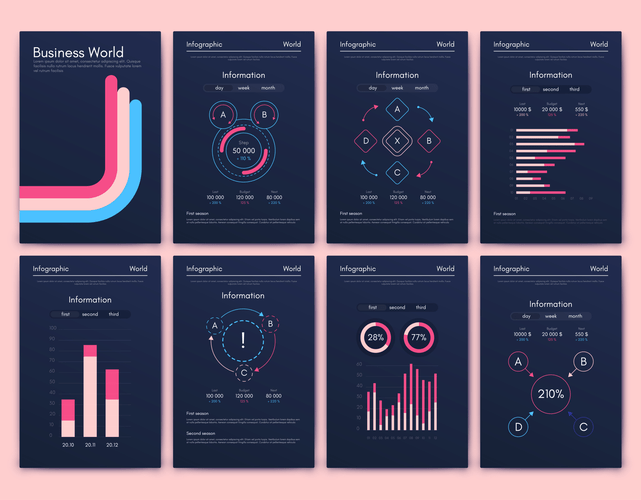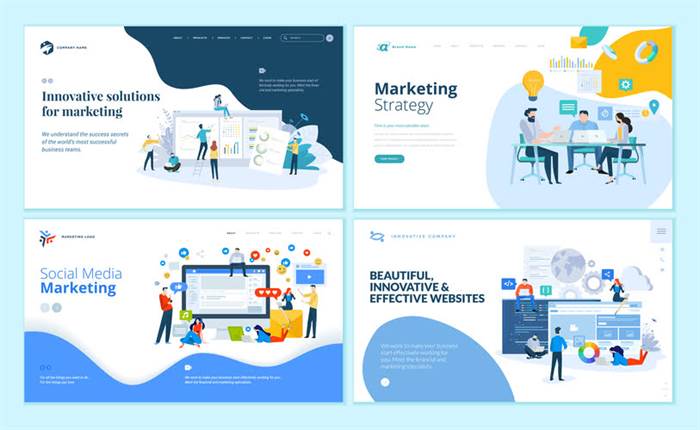16 jul Essential Cybersecurity Components: Continuous Monitoring, Human Intelligence and Commitment
The logs, metrics, events, and traces from each integration point of the stacks should be easily ingestible to the solution. A reliable Continuous Monitoring Program is that one that not only evaluates the threats and vulnerabilities, but also remains alert for a timely action and quick recovery before it gets too late. You need to ask all these questions of your company’s security team when building a CM program. Authenticated scans require credentials, continuous monitoring software but the data accurately shows how well the patch CM program is working against the potential vulnerabilities. On the road to ensuring enterprise success, your best first steps are to explore our solutions and schedule a conversation with an ISACA Enterprise Solutions specialist. Available 24/7 through white papers, publications, blog posts, podcasts, webinars, virtual summits, training and educational forums and more, ISACA resources.

Other types of monitoring — such as infrastructure and application monitoring— can also be continuous if they focus on immediate, ongoing detection of problems. Certa’s third-party lifecycle management software can automate your key vendor management processes, saving you time, money, and effort. Our customizable toolkit allows you to monitor your third parties in a secure, centralized location, ensuring that things run smoothly while your risk and compliance teams provide the highest level of customer satisfaction. Integrated issue management using a GRC platform facilitates33 digitisation, automation of alerts and management of remediation activities, once agreed upon by management. Atatus provides a set of performance measurement tools to monitor and improve the performance of your frontend, backends, logs and infrastructure applications in real-time.
System configuration management tools for continuous monitoring
Infrastructure monitoring that supervises the hardware and software units, storage, servers, and so on. Splunk supports customized security solutions that can be added to the platform as extensions. The tool also helps in the visualization of data related to upstream and downstream environments.
The goal is to collect security data from all aspects of the environment for analysts and administrators to manage and monitor. A continuous security monitoring program starts to take shape when automated alerts and incident prioritization create a pool of data within these systems. Talk to our specialists to learn more about how Certa can help you protect your business from security threats and, ultimately, increase productivity in your supply chain. Having real-time visibility over your vendor lifecycle management processes will help your team spot a vendor’s compliance issues.
How to build a successful continuous monitoring (CM) program
First, your monitoring profile should align with your organizational and technical constraints. Although it’s tempting to include all systems in your continuous monitoring regimen, doing so can be unnecessarily cost-prohibitive and complex. Consuming valuable network bandwidth, storage capacity, and processing power if you don’t pick your targets carefully. This also means you can send automated alerts to the appropriate IT teams so they can immediately address any pressing issues.
Big data development allows using enormous data amounts from various sources like social media posts to weather sensors to ensure cyber safety for business. Ongoing assessment – Collecting data from throughout the IT infrastructure is not the ultimate goal of continuous monitoring. Risk professionals spent time reviewing and analyzing as much data as possible, making conclusions, preparing reports on financial, strategic, military issues. Modern businesses can not afford such a risk management assessment strategy. Companies faced increasing threats of hacker attacks on IT infrastructure and operations ending in multimillion-dollar losses and extortion of ransoms. Continuous monitoring uses automation to help provide up-to-date security monitoring and support your supply chain risk management.
What are the benefits of continuous monitoring?
This provides relief for the security teams who are looking to implement more secure methods for data collection and information sharing. In aggregate, these issues are part of a greater problem – cyber supply chain security. To be clear, the term cyber supply chain security encompasses any organization or person that supplies, uses, or connects to your organization’s IT systems, networks, services, and applications. This includes hardware/software suppliers, VARs, business partners, contractors, etc. HeadSpin is the world’s first digital experience AI platform that works to provide invaluable insights into the digital health and performance of your business.

IT operations teams can employ continuous monitoring tools to see if the upgrade had a good or negative impact on user behaviour and the overall customer experience. Choosing and implementing security control applications – Once a risk assessment has been completed, the IT organization should determine what types of security controls will be applied to each IT asset. Security controls can include things like passwords and other forms of authentication, firewalls, antivirus software, intrusion detection systems and encryption measures. Without the ability to make quick decisions for analysts based off a tuned, correlated and orchestrated technology stack that’s been refined with your risk posture, decisions are left open to human interpretation and misinterpretation. CSM systems perform the leg work to enable skilled analysts to search, query and hunt through these programs and make educated decisions.
Perfect Digital Experiences with Data Science Capabilities
A continuous security monitoring program is not a replacement for a trained analyst, but a tool for professionals to better perform their role. Continuous security monitoring can help refine an organization’s threat detection and response. The increased visibility provided by continuous monitoring enables companies to quickly initiate investigation of potential security incidents. Moreover, continuous monitoring keeps a tab and reports on the overall well-being of the DevOps setup.
He has over 15 years experience driving Log Management, ITOps, Observability, Security and CX solutions for companies such as Splunk, Genesys and Quest Software. Arfan graduated in Computer Science at Bucks and Chilterns University and has a career spanning across Product Marketing and Sales Engineering. The solution should be able to ingest, store, and process the volume of data captured over time.
DevOps tools for Infrastructure Monitoring
Our certifications and certificates affirm enterprise team members’ expertise and build stakeholder confidence in your organization. Beyond training and certification, ISACA’s CMMI® models and platforms offer risk-focused programs for enterprise and product assessment and improvement. Traditional point-in-time risk assessments, firewalls, antiviruses, and penetration tests are not dynamic and active to guarantee protection from complicated hacker attacks.
- Performing risk analysis for making decisions on acceptance, rejecting, transferring, or mitigating risks.
- Without the ability to make quick decisions for analysts based off a tuned, correlated and orchestrated technology stack that’s been refined with your risk posture, decisions are left open to human interpretation and misinterpretation.
- Organizations that invested in these processes and technologies capitalized on money well spent by having to deal with much-reduced scope of security incidents and affected customers.
- Like any innovative concept in the world of IT, continuous monitoring is not something you can just buy or turn on.
Whether an organization standardizes on open source, proprietary software or a combination of the two doesn’t matter. What matters is how data is collected from these tools in order to apply it toward your risk profile and then how it is alerted, escalated and reported. Commonly used tools for these data governance processes include SIEM, vulnerability scanners, patch management, asset discovery and network security tools.
DevOps Tools for Application Monitoring
Discover why this is critical and how to establish a robust sanctions compliance program. Regardless of what industry you’re in, implementing a well-thought out continuous monitoring system can help you take a more proactive approach to managing third-party risks for your long-term growth. You reduce costs by streamlining team resources — and time — allocated for manually detecting and responding https://www.globalcloudteam.com/ to potential security threats, letting you focus on more strategic activities instead. Monitors and manages the IT infrastructure that allows products and services to be delivered. This includes things like data centres, networks, hardware, software, servers, and storage. Infrastructure Monitoring collects and analyses data from the IT ecosystem in order to maximize product performance.

